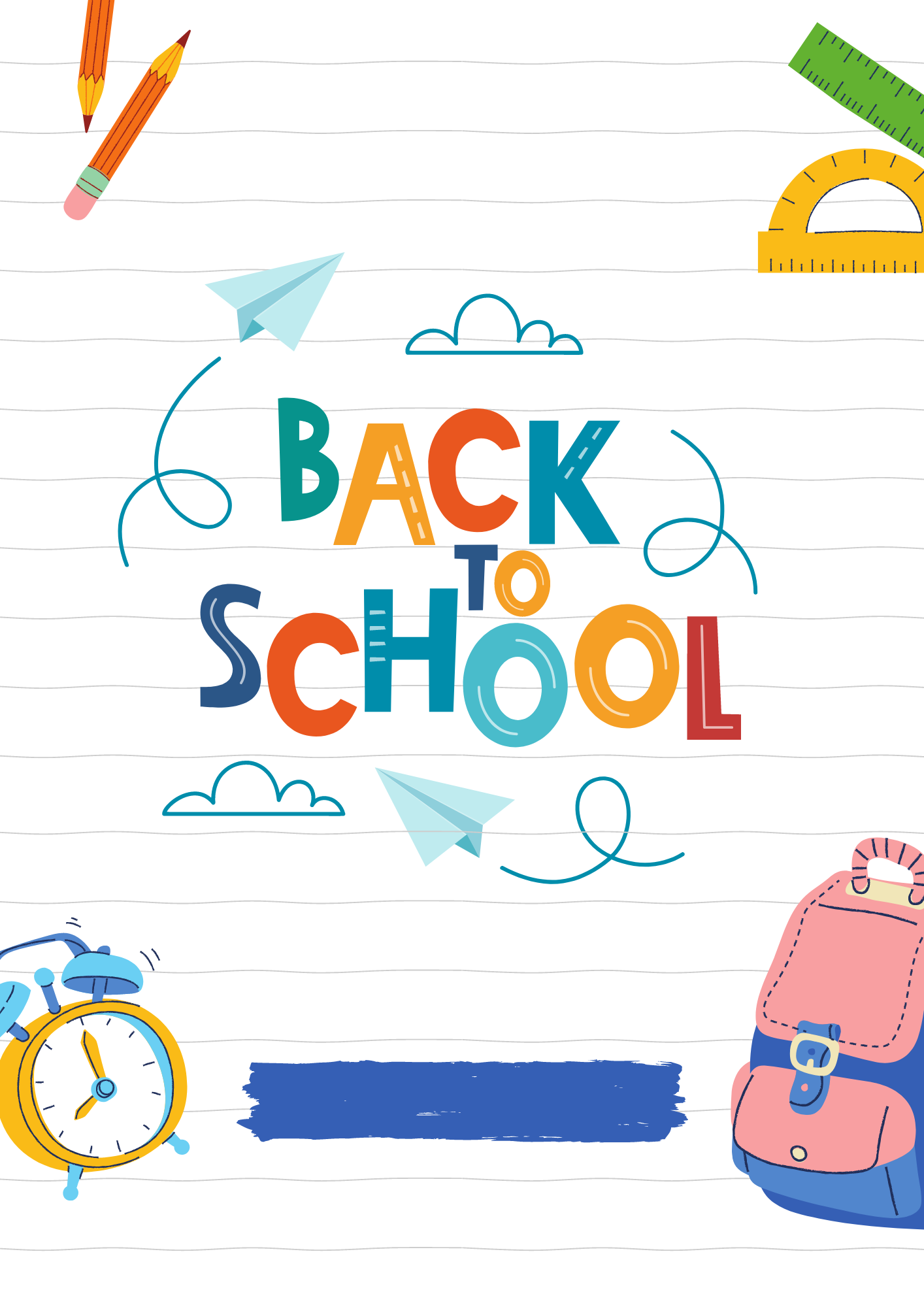
Getting Back to School: A Teacher's Guide to Preparing the Perfect Classroom
As summer vacation draws to a close, the anticipation of a new school year begins to bubble up. For teachers, this means it's time to transform their classrooms into vibrant and inspiring spaces that will set the tone for the upcoming academic journey. Whether you're a seasoned educator or a fresh face in the field, here's a comprehensive guide to help you get your classroom ready for the back-to-school season.
1. Plan Ahead: Design Your Classroom Layout
Before you start moving furniture and setting up decorations, take some time to plan the layout of your classroom. Consider factors such as the flow of traffic, accessibility, and maximizing the use of space. Create designated areas for different activities – a reading corner, a math center, a science display – and make sure they're easily accessible to students.
2. Clear the Clutter: Organize and Clean
Begin with a clean slate. Clear out any unnecessary clutter and organize your teaching materials. Sort through your supplies and materials, discarding items that are no longer useful. Create storage solutions that keep things within easy reach while maintaining a tidy appearance. A well-organized classroom helps create a positive learning environment.
3. Decorate with Purpose: Theme and Visual Appeal
Choosing a theme for your classroom can be a fun way to tie everything together. Whether it's a jungle adventure or a space odyssey, a theme can excite and engage students. However, make sure the decorations serve an educational purpose – posters that reinforce concepts, student work displays, and informative visuals can enhance the learning experience.
4. Stock Up on Supplies: Gather Teaching Resources
Collect all the teaching resources you'll need for the upcoming year. This includes textbooks, workbooks, art supplies, stationery, and any technology tools you plan to use.
5. Create a Comfortable Reading Nook
A cosy reading corner can encourage a love for reading. Set up a comfortable space with bean bags, cushions, and shelves stocked with age-appropriate books. Consider adding some plants or soft lighting to create an inviting atmosphere.
6. Incorporate Technology: Set Up Digital Resources
In the digital age, technology plays a vital role in education. Set up computers, interactive whiteboards, or tablets that you plan to use in your teaching. Install any necessary software and familiarize yourself with how to troubleshoot common technical issues.
7. Personalize Student Spaces: Name Tags and Cubbies
Create a sense of belonging by personalizing student spaces. Make or print name tags for desks or cubbies. This not only helps with classroom management but also makes students feel valued and welcomed.
8. Reflect and Innovate: Set Goals for the Year
As you set up your classroom, take a moment to reflect on your teaching goals for the upcoming year. Consider how your classroom environment can support these goals. Are there new teaching strategies or technologies you want to integrate? Use this time to plan how you'll incorporate innovation into your classroom routine.
9. Curriculum and Lesson Planning
Prepare a solid foundation for your curriculum and lesson plans to kick-start the academic year effectively:
Review Curriculum Standards: Familiarize yourself with the curriculum standards for your grade level and subject area. This will guide your planning and ensure you cover all essential topics. Yearly Overview: Create a general outline of what you'll be teaching throughout the year. This helps you stay on track and ensures you allocate adequate time to each unit.
Weekly Lesson Plans: Start the school year with at least a few weeks of detailed lesson plans. As the year progresses, you can adjust these plans based on student needs.
10. Classroom Management Strategies
Establishing clear classroom expectations and management strategies sets the tone for a productive and respectful learning environment:
Classroom Rules: Develop a set of clear and concise classroom rules that promote respect, responsibility, and collaboration. Review these rules with your students at the beginning of the year.
Behavior Management: Decide on a behavior management system that includes positive reinforcement and consequences for inappropriate behavior.
Routines and Procedures: Teach your students the daily routines and procedures for activities like entering the classroom, transitioning between subjects, and using materials.


























